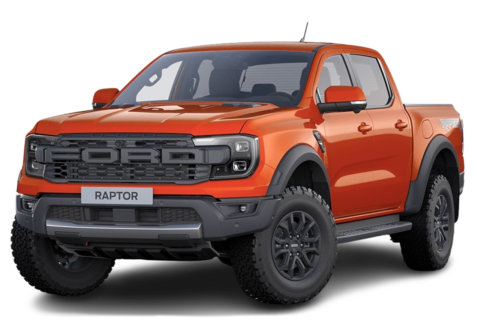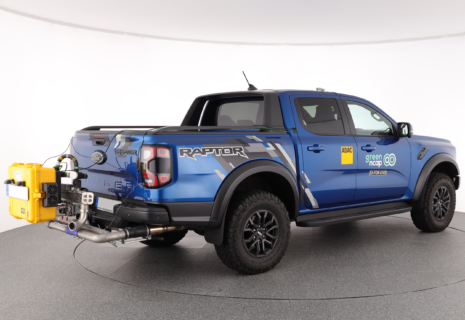Ford Ranger Raptor 3.0 EcoBoost petrol 4x4 automatic
2023
11%
3.5
10
Clean Air Index
0.0
10
Energy Efficiency Index
0.0
10
Greenhouse Gas Index
| Laboratory Tests | NMHC | NOX | NH3 | CO | PN | |
|---|---|---|---|---|---|---|
| 2.710 | Cold Test | |||||
| 4.610 | Warm Test | |||||
| 0.010 | Highway | |||||
| Cold Ambient Test | Does not qualify for additional robustness testing | |||||
| Road Test | ||||||
| 6.010 | On-Road Drive | |||||
| 2.75 | On-Road Short Trip | |||||
| On-Road Heavy Load | Does not qualify for additional robustness testing | |||||
| On-Road Light Load | Does not qualify for additional robustness testing | |||||
| Congestion | Does not qualify for additional robustness testing | |||||
| Laboratory Tests | Energy | |||
|---|---|---|---|---|
| 0.010 | Cold Test | |||
| 0.010 | Warm Test | |||
| 0.010 | Highway | |||
| Cold Ambient Test | Does not qualify for additional robustness testing | |||
| Consumption | Driving Range | |||
| Average | 14.3l100 km | 572km | ||
| Worst-Case | 17.2l100 km | 464km | ||
| Greenhouse Gases | CO2 | N2O | CH4 | |
|---|---|---|---|---|
| 0.010 | Cold Test | |||
| 0.010 | Warm Test | |||
| 0.010 | Highway | |||
| Cold Ambient Test | Does not qualify for additional robustness testing | |||
Specifications
- Tested Car 6FPFXXMX2FNM4XXXX
- Publication Date 09 2023
- Vehicle Class Pickup Truck
- Emissions Class Euro 6d AR
- Tyres 285/70 R17
- Mass 2,477 kg
- Engine Size 2,956 cc
- Power/Torque 215 kW/491 Nm
- Declared CO2 315 g/km
- Declared Consumption 13.8 l/100 km
- Heating Concept Waste heat








































































































































Our verdict
The Ford Ranger Raptor is a pick-up truck with a three‑litre twin-turbo V6 petrol engine. It is approved as a commercial vehicle and does not, therefore, have to meet the same stringent legislative requirements as regular passenger cars. Nevertheless, it is a popular choice as a family 'utility' vehicle and was tested as such by Euro NCAP in 2022. Due to its high consumption and CO2 emissions, it receives no points in the Energy Efficiency and Greenhouse Gas Index. The performance in the Clean Air Index is mediocre, leaving room for improvement of particle emissions and ammonia (NH3) output but, most especially, of CO emissions under high power demand conditions. Gross exceedance of CO emissions in the Highway Test and significant NH3 emissions cost the Raptor valuable points, leaving it with a Clean Air Index of 3.5 out of 10. The Raptor finishes with an Average Score of 11% and receives 1 Green star.